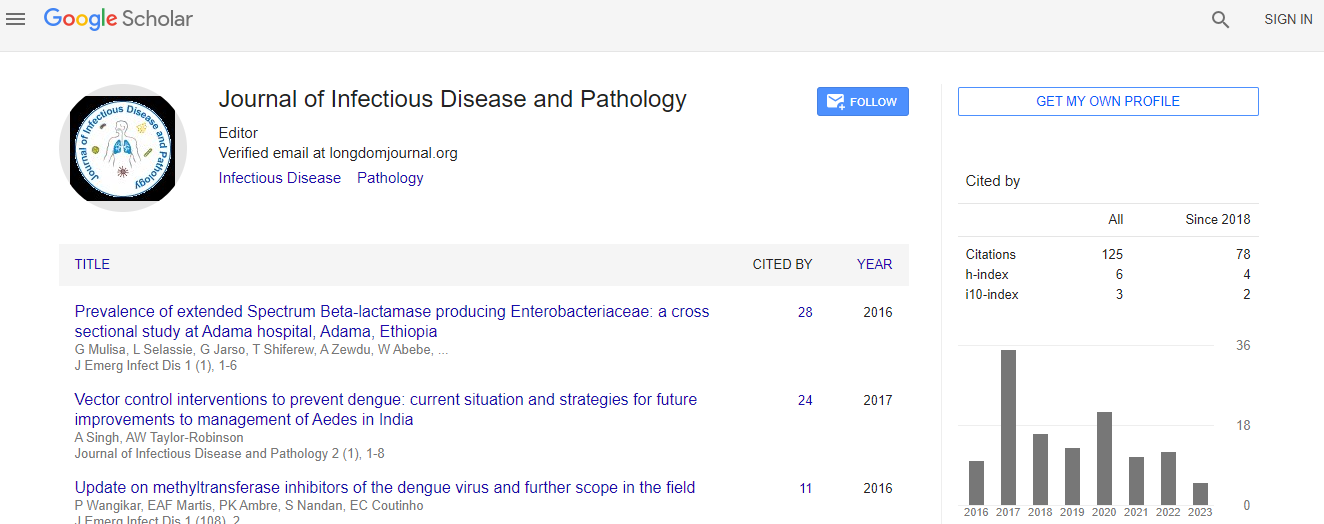Case Report
A Case Report of Acute Lobar Nephronia Caused by Enterobacter cloacae
Tuck Yean Yong1* and Kareeann Sok Fun Khow2,31Internal Medicine, Flinders Private Hospital, Australia
2Aged and Extended Care Services, The Queen Elizabeth Hospital, Central Adelaide Local Health Network, Australia
3School of Medicine, University of Adelaide, Adelaide, South Australia, Australia
- *Corresponding Author:
- Tuck Yean Yong
c/-156A Grand Junction Road
Rosewater, South Australia
Tel: +61 8 8241 2121
Fax: +61 8 8240 0879
E-mail: tyyong@hotmail.com
Received date: January 02, 2016 Accepted date: January 11, 2016 Published date: January 24, 2016
Citation: Yong TY, Khow KSF (2016) A Case Report of Acute Lobar Nephronia Caused by Enterobacter cloacae. J Emerg Infect Dis 1:104. doi: 10.4172/2472-4998.1000104
Copyright: © 2016 Yong TY, et al. This is an open-access article distributed under the terms of the Creative Commons Attribution License, which permits unrestricted use, distribution, and reproduction in any medium, provided the original author and source are credited.
Abstract
Acute lobar nephronia is an uncommon type of urinary tract infection affecting the kidneys and more commonly reported in the pediatrics population. It can be a precursor to renal abscess formation if undertreated. Escherichia coli is the commonest pathogen observed in adults with this condition but other organisms have also been reported. This case report describes a 65-year-old woman whose work-up for fever, nausea and vomiting led to the diagnosis of acute lobar nephronia caused by Enterobacter cloacae. The acute lobar nephronia was identified on ultrasound of the kidneys. She was successfully treated with intravenous gentamicin followed by oral ciprofloxacin. Repeat ultrasound showed resolution of the nephronia. This case highlights the need for clinicians to be aware of this condition and ensure appropriate antibiotic treatment to prevent progression into a renal abscess.

 Spanish
Spanish  Chinese
Chinese  Russian
Russian  German
German  French
French  Japanese
Japanese  Portuguese
Portuguese  Hindi
Hindi 